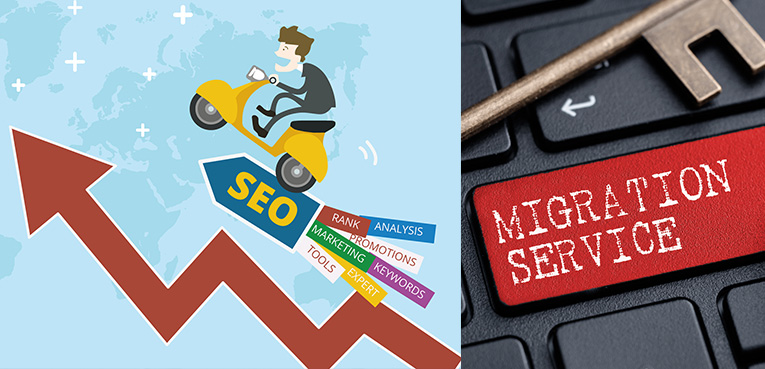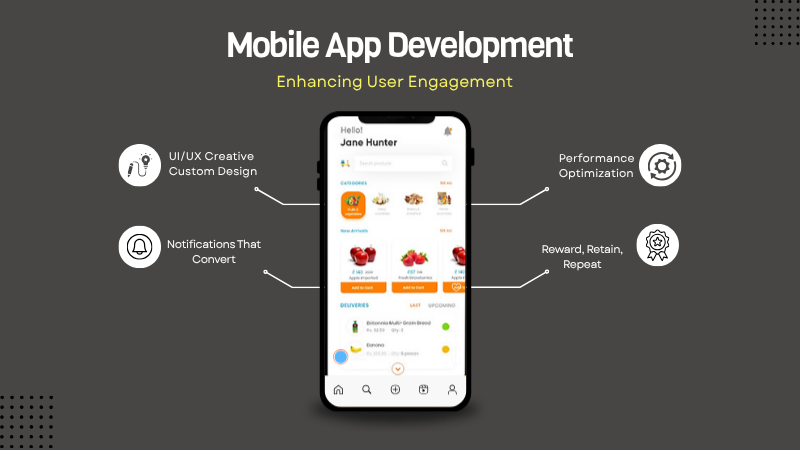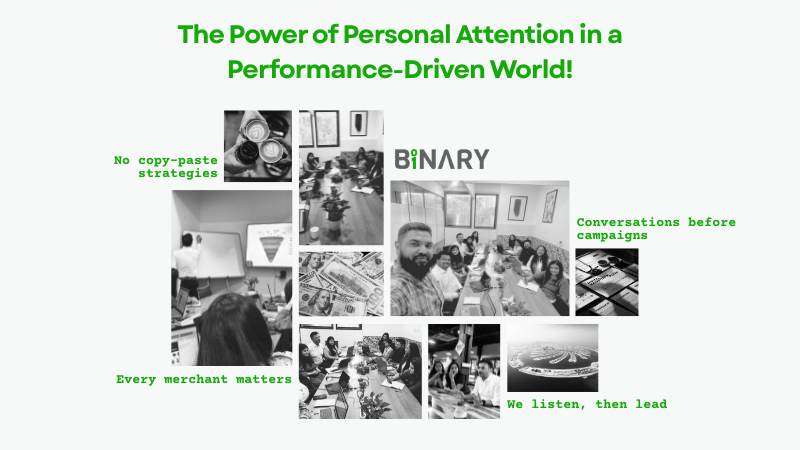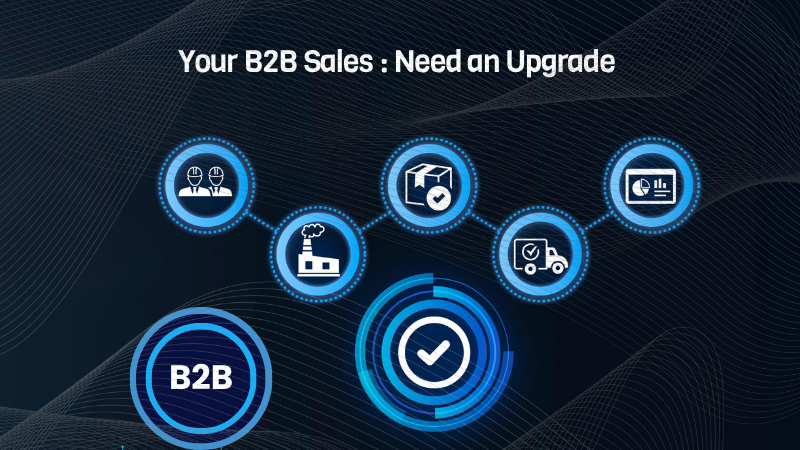Migrating your e-commerce site could be a tricky thing. Migrating a site to a better design, algorithm, theme or platform is done with the expectations of positive impact on growth, engagement and organic hits on the website but it could have negative impacts and the hits might even go down than the number before the migration.
Site Migrations are done to make substantial changes in the website to enhance search engine visibility. These changes could be to the overall code, design, theme, UX or content. There are a lot of misconceptions around the impact of migrating a website. Migration is a huge task with many nuances which if not taken care of, could lead to devastating results after spending a lot of money. Although, if migration is done right, with a strategy and a plan it could reap unprecedented benefits and could increase the business multi-fold.
Migrating to a new website is a process including three phases: Pre-launch, Launch Day and Post Launch. The platform, structural, content and design changes, integration and other technical elements and the testing for vital checklist for the Pre-Launch phase. Most of the work done during a migration is done in the Pre-Launch Phase. There are a number of things which could possibly go wrong. Transferring your content from the old website and adding or modifying it in the new one could lead to missing pages and errors. Lack of SEO-consultation and a slow-responsive domain could also be major pitfalls. Thorough functional and domain testing could yield massive results after the website migration.
The Pre-Launch phase needs to be meticulously planned to ease out the rest of the process. A scope of the changes including the list of URLs on the present website along with the modifications should be prepared and a conducive timeline must be assigned. The redirection map to the new site is often missed out.
A few ways to avoid a migration failure on the launch day are:
- Setting Objectives – Setting an objective and growth opportunities is essential. It will help the team strive towards a goal.
- Testing and Forecasting: Testing is the most crucial part of a migration. The look, feel and performance of the website is what will drive more consumers and testing helps eradicate related bugs and glitches.
Planning the Launch Day is crucial for a migration. Successful bug-free implementation, marketing and running third party services could boost the expectations. Measuring rankings using tools and monitoring the engagement could help in planning for the coming days. The post-launch monitoring is also crucial if the outcomes are not as expected because it helps identify reasons early. Post-launch marketing is also another major checklist for the Post-Launch phase. More visibility is bound to help in the engagement and buy rates.
Migrating to a new website is an involving process. It needs a lot of time, planning and patience however there’s nothing to be afraid about it. Planning and Identifying present short-falls to your business model could be the ideal way to start. Migration, if done right could escalate your business beyond expectations and might go adversely wrong if not done with precise planning and execution.

















